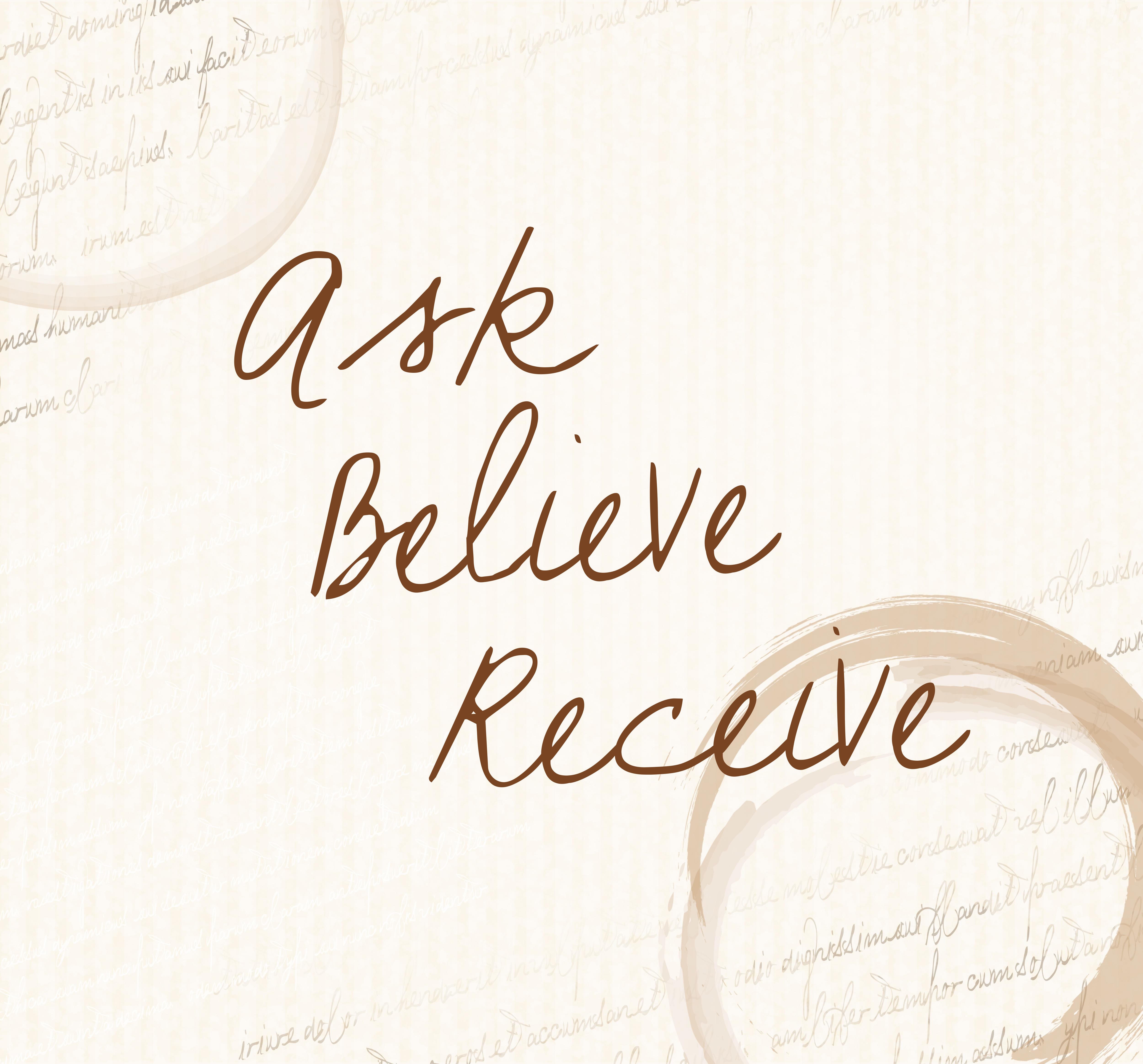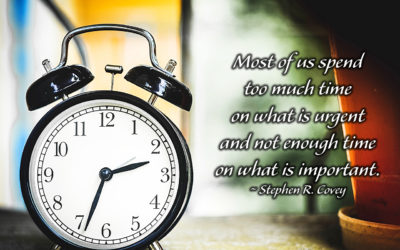Everyone is unique and it doesn’t matter if you’re the 4th or 5th person in town offering the same product or service. Finding YOUR value is the critical component in differentiating yourself.
You now have all the knowledge you need. It’s time to put it all together and create a unique selling proposition that tells your laser-targeted market why they should buy from you. In order to do this, here are a few questions to get your creative process started:
- Whose needs am I addressing? (Look at your target market’s demographic information)
- What do I offer that no one else can?
- Why should people buy from me and not another company? (Note: this doesn’t have to be based on your products. It could be your unique understanding of your customers, your delivery method, or extra services you offer)
Writing Your USP
The process of creating a USP involves brainstorming and refining. When brainstorming, get down as many ideas as possible and don’t worry about which ones are good and which ones aren’t. The goal is to come up with quantity. Later you’ll narrow it down, and the more you have to consider, the better.
Tips for Writing Your USP
Keep It Short but Compelling. Your USP should be something your customers will ‘get’ immediately. After you’ve narrowed down your list, take each idea and see if you can trim it without losing the meaning or impact.
Talk to Your Market. In previous steps of our series, you detailed the characteristics of the ideal customer who represents your target market. Run each of your ideas by that fictitious person. You may even put a physical picture of the person on the wall and speak out loud. Read your USP ideas and ask yourself whether they sound compelling enough.
Test It. Test your USP on real people in your market and get feedback from them. Offer a small incentive like a freebie or discount for participating. Use their feedback to make tweaks.
Examples of Great USPs
To give you some examples for comparison, here are some of the best-known USPs used by major brands:
When it absolutely, positively has to be there overnight. This Federal Express USP speaks to a major customer concern. It has to get there overnight.’ Although ‘absolutely’ and ‘positively’ mean the same thing, the repetition drives home the point that you won’t be let down.
We’re number two. We try harder. Avis says its number two and capitalizes on its underdog status. This USP turns a weakness into a customer benefit. They’ll work harder for you than the number one company, which is already where it wants to be.
Melts in your mouth, not in your hand. Although there is some contention among schoolyard kids over this claim by M&M’s, it’s unique and memorable. You can’t eat a handful of these candies without thinking about this tagline.
Wal-Mart offers low prices, everyday. Everybody knows Wal-Mart as the go-to store when you want something cheap. This USP capitalizes on it and sticks ‘everyday’ on the end to emphasize the store’s consistency.
Why Be the Best?
One of the best USP strategies is to forget about telling your customers that you’re the best. They’ll find that out on their own. Create a USP that says, ‘We may not be the best, but we’re the only ones who’, that tells your target market the unique benefit they’ll get using your company.
I look forward to hearing your USP ideas!




0 Comments